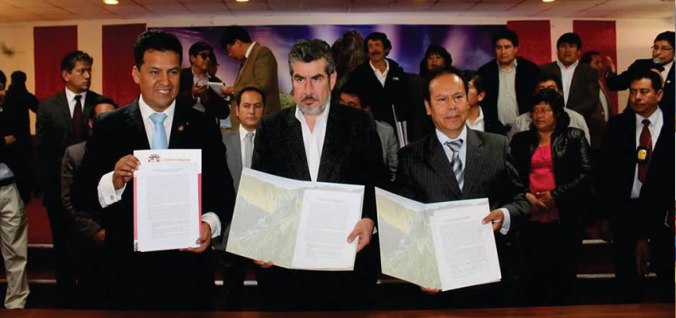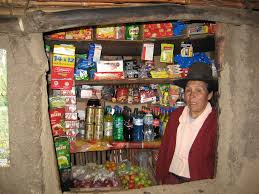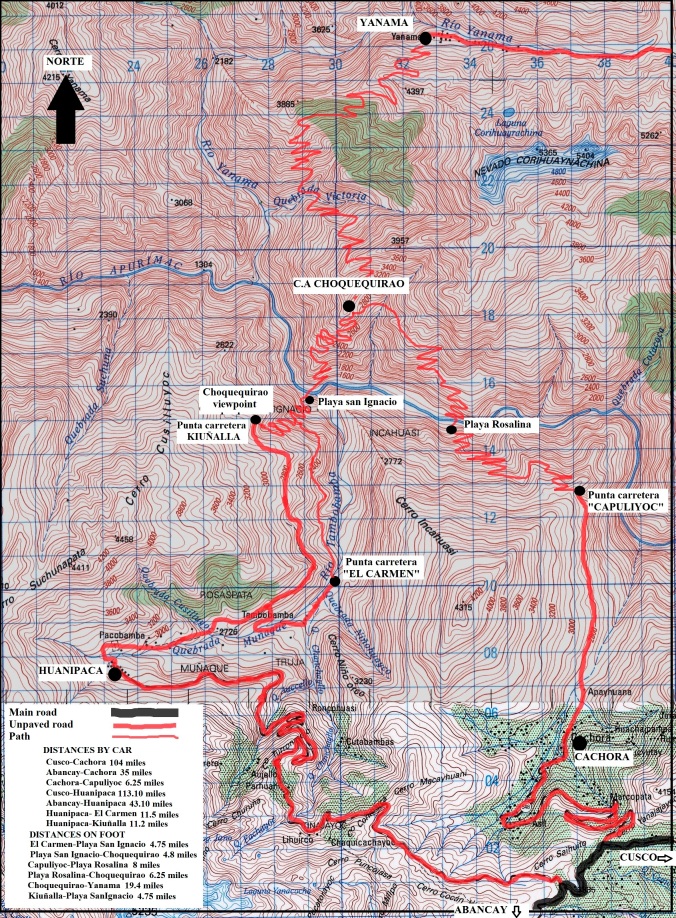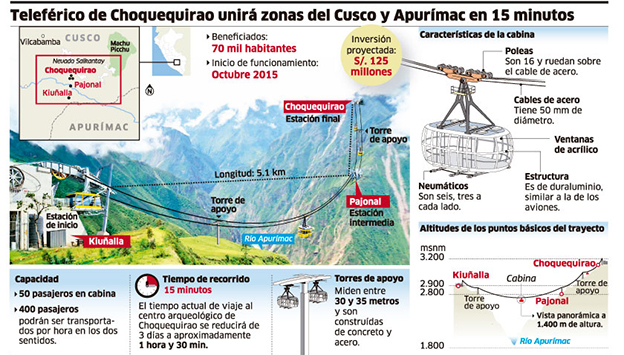On March of 2017, by request of the Ministry of Foreign Trade and Tourism, the project “Installation of cable access services for the transit of the population and visitors to Choquequirao, town of Kiuñalla, district of Huanipaca, province of Abancay, department of Apurímac, and locality of Yanama, district of Santa Teresa, province of La Convención, department of Cusco “ was definitively deactivated.
But… I have to take a step back.
The failure of the Choquequirao cable car project was a disappointment, but it marked an important precedent and produced a partial regret among the people of Cusco who had liked the idea of the cable car.
Therefore, spontaneous approaches arose between the municipalities of Santa Teresa and Huanipaca, signature of agreements and discussions undertaken with regional governments of Apurímac and Cusco, in order to unleash the Choquequirao cable car plan.
But the actual Apurímac Governor (now the regional President is called Governor) did not want to get into trouble and the Governor of Cusco region did not want to talk about the issue, intimidated by the territorial dispute between the provinces of Anta (District of Mollepata) and La Convención (District of Santa Teresa).
The situation changed when, in September 2016, the new government of Peru (PPK) appointed as Vice Minister of Tourism to a skilful businessman from Cusco with a great career and respected in the Cusco region (Rogers Valencia Espinoza).
His first puzzle was to unlock Choquequirao and he had clear ideas to the respect: the Choquequirao cable car had been an excellent plan, but the project was oversized, uneconomical and incomplete.
A more flexible system, such as that installed in Kuelap (inaugurated in March 2017), would have been the ideal solution for Choquequirao: the construction of two stretches of cableway (one in Cusco and another in Apurímac) complemented by a road ring could be a satisfactory measure for both Regions.
The historic step for the unlocking of Choquequirao was the signing of two documents, which I call “Agreements of Choquequirao“.
On January 2017, the Vice Minister invited all Cusco region authorities that were involved with Choquequirao and asked them to accept a policy of “separate ropes”; it meant that, although their territorial disputes continued, they had to accept that the Government worked, in parallel, on the tourist resource with a comprehensive development plan to benefit both provinces (Anta and La Convención).
Not without discussions, the first, fundamental, Choquequirao agreement was signed.
The next day, he convened a new meeting for all authorities involved with Choquequirao, from both regions, Cusco and Apurímac.
We were received (I was there), unusually, in a climate of surprising confraternity: the Governor of Cusco (Edwin Licona Licona) warmly greeted his colleague from Apurímac (Wilber Venegas Torres) and all the authorities of Apurimac, saying that Cusqueños were happy to share with Apurímac his great resource, Choquequirao.

Vice Minister (center) with regional governors, Cusco (left) and Apurimac (right)
The meeting concluded with the signing of the second, fundamental, Choquequirao agreement in which the main actions and works to be developed were agreed with the National Government: road rings to be built, maintenance of existing trekking roads and construction of a new one, different cable car sections.
Recently, at the end of November 2017, Proinversión has launched the public bid “Improvement of public tourist services of the Archaeological Park of Choquequirao”: its minimalist title hides the broad scope of the project study.
It is enough to read the bidding rules, posted on the PROINVERSIÓN website, to understand that the Peruvian Government will implement comprehensive measures for the tourist value of Choquequirao, through the construction of adequate infrastructure for the four support districts (Santa Teresa, Huanipaca, Mollepata and Cachora).
The President of Peru has assured that the Choquequirao cable car will be in operation before the end of his governmente (July 2021).
…to be continued




 …
…